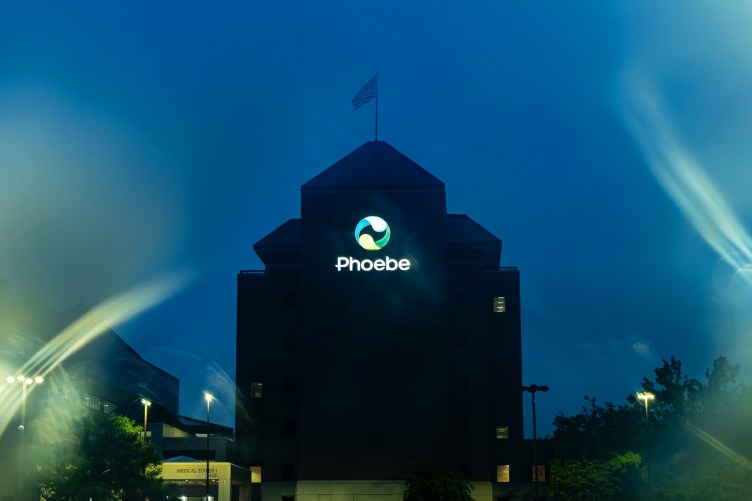Wander within 20 meters—or 65 feet—of any Deepwater Horizon protective boom, and you could now face a $40,000 civil penalty or even a class D felony. Last week, the Coast Guard put in place new "safety zones" that restrict public access to cleanup operations and require journalists to apply for access.
In a Deepwater Horizon news release, the new rules were explained as having been “put in place to protect members of the response effort,” and that “permission to enter any safety zone must be granted by the Coast Guard Captain of the Port of New Orleans.”
The news release didn’t spell out whether this applied to the press–it didn’t mention the press at all, really–but when I called Deepwater Horizon Unified Command (which consists of BP, Transocean, Halliburton and several federal agencies) to get clarification, I was told that the new rules do, in fact, apply to the press too.
“The media normally is not restricted from things, Unified Command spokeswoman Chris Coulon told me. “The media is only restricted in case of a security or safety issue. Because this boom thing is a security and safety issue, the media is restricted as well.”
What does that mean, exactly?
“Basically, you need to stay 20 meters away,” Coulon said.
When I asked if this also applies to the boom laid on the beaches–which would further restrict beach access and close observation of oil on the shores–Coulon didn’t know, but according to The Times-Picayune of New Orleans, it does.
Here’s a statement from July 4 about the safety zones, from Megan Moloney, a spokeswoman for National Incident Commander Thad Allen:
Last week Coast Guard Captains of the Port in the region put in place limited, small waterside safety zones around protective boom and those vessels actively responding to this spill. This was required due to recent instances of protective boom being vandalized or broken by non-response vessels getting too close. These 20-meter zones are only slightly longer than the distance from a baseball pitcher's mound to home plate. This distance is insignificant when gathering images. In fact, these zones, which do not target the press, can and have been opened for reporters as required.
The Coast Guard has previously said that “neither BP nor the U.S. Coast Guard, who are responding to the spill, have any rules in place that would prohibit media access to impacted areas.”
That was weeks ago. To be fair, the new rule isn’t a prohibition; Gina Ruoti of the Coast Guard told me journalists can apply for permission to enter the safety zones.
“You might not get it, but you apply for it and you go through the process,” Ruoti told me. “It’s decided on a case-by-case basis.”










